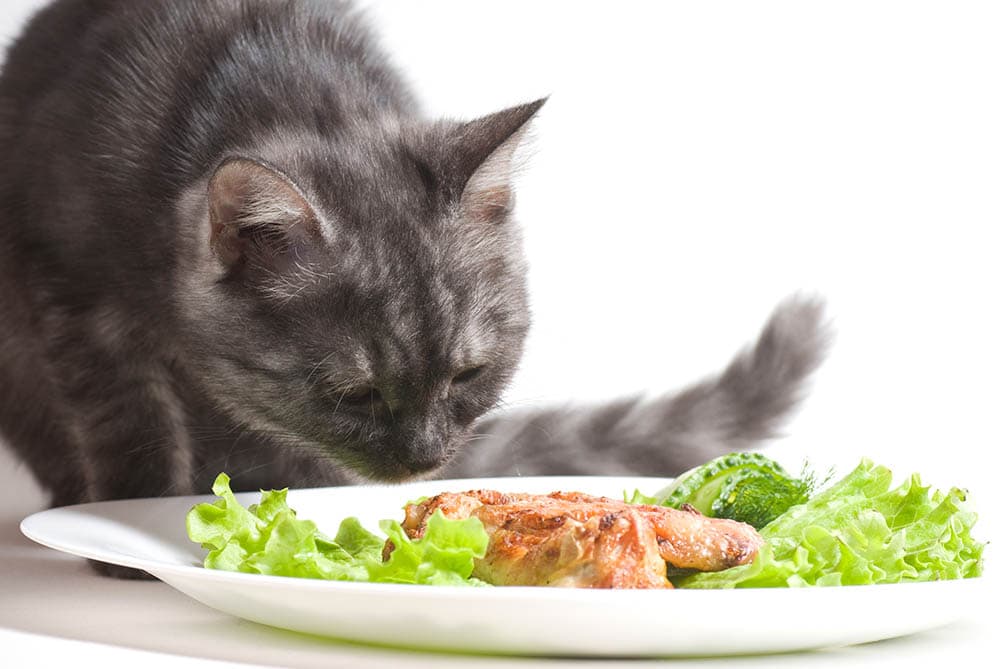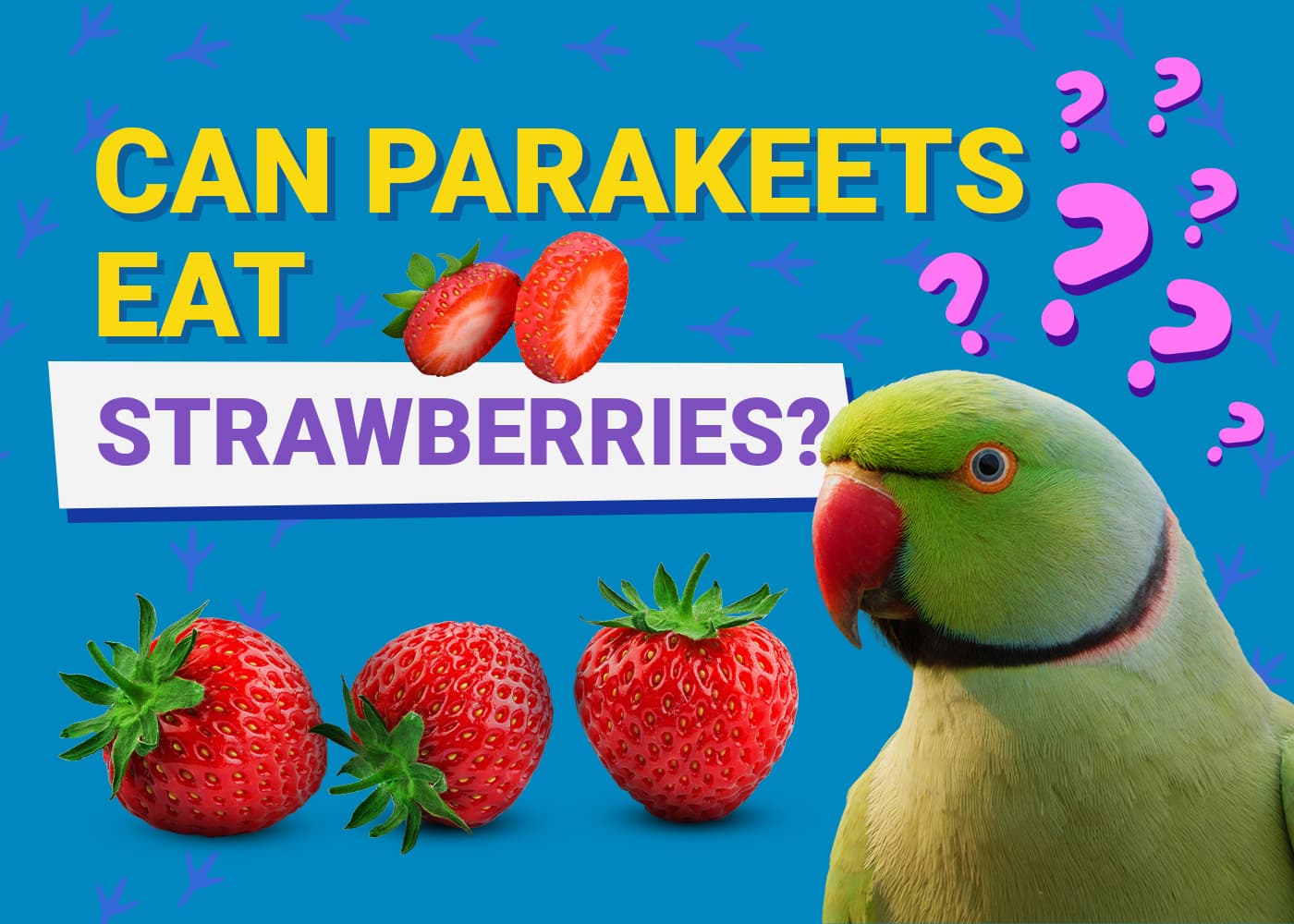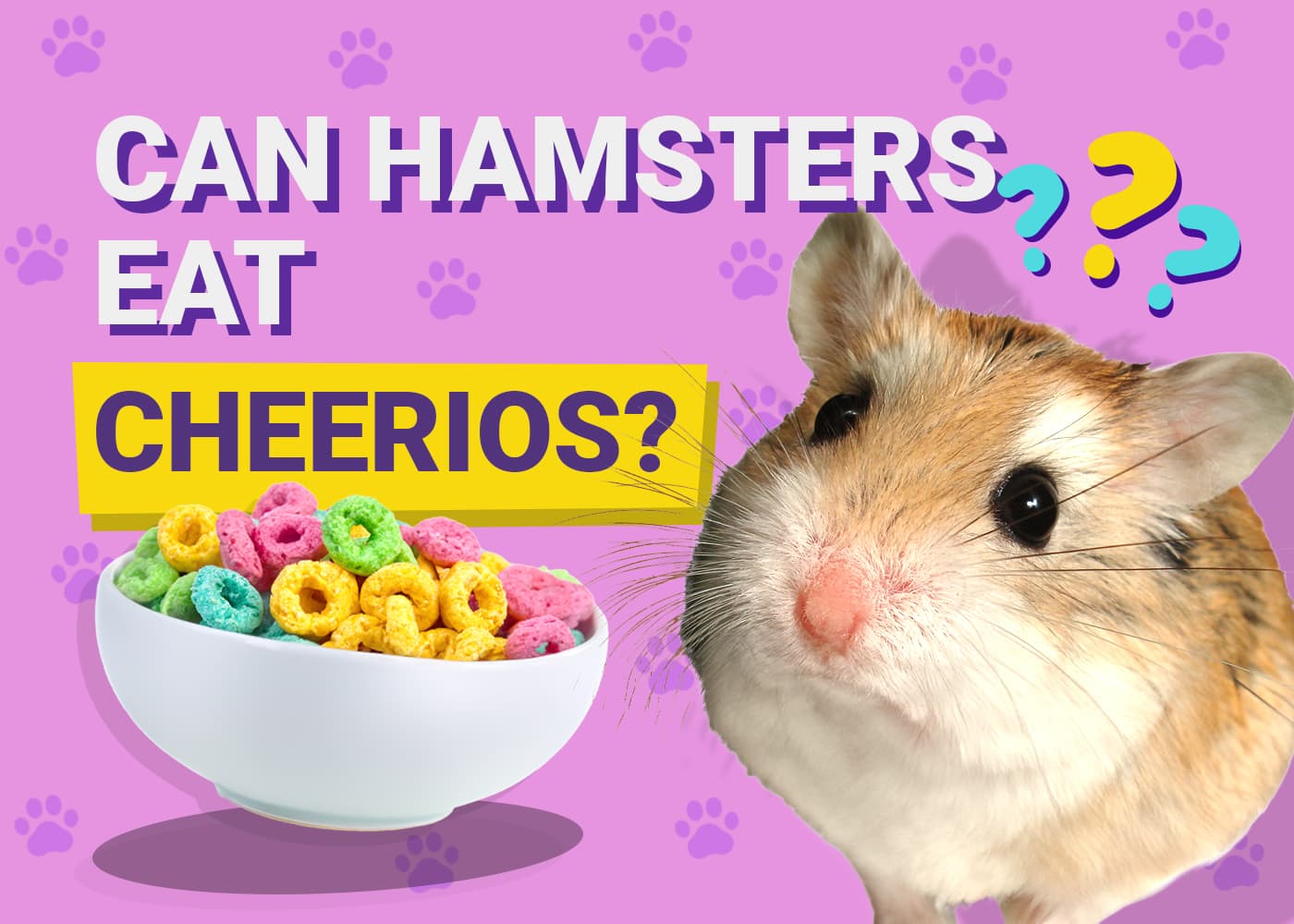VET APPROVED

The information is current and up-to-date in accordance with the latest veterinarian research.
Learn more »Potassium is an essential nutrient for most mammals, and cats are no exception. In fact, scientists call it a macromineral because of the relatively high amount that felines need.1 It’s used by every cell in the body, including the heart. Potassium deficiency, or hypokalemia, is common due to the frequency of gastrointestinal and renal issues in these pets.2
Telltale signs of low potassium are muscle weakness, lethargy, and tremors. Unfortunately, not eating can worsen the issue and increase your pet’s risk of more severe complications. It’s imperative to work with your veterinarian to treat nutrient deficiencies.
If you’re worried about your cat’s potassium levels, check out this list of foods that could give them the boost that they need—after getting the approval from your vet, of course.

The 12 Foods High in Potassium for Cats
1. Most Types of Fish
Many people think of cats as piscivores, or fish eaters, even though their origin was in the arid Near East,3 which wasn’t near water. Nevertheless, felines and fish tend to be quintessential matches. That’s a good thing, since many kinds of fish, such as tuna, sardines, and mackerel, are excellent sources of potassium. Most species are also low in fat and calories.
You can offer your pet a diet with a fish-based protein source or treats with these ingredients. However, don’t go completely grain-free. Cats still need the roughage that grains provide, which can also help them pass hairballs.
2. Shellfish
Shellfish, like clams and shrimp, have a lot of the same things going for them as fish. They’re also a common ingredient in many commercial diets and treats. If you want to give your cat the real thing, make sure to cook them properly. Raw shellfish isn’t a healthy option because of the risk of foodborne diseases. You should also check for any shell fragments before feeding it to your pet.
3. Chicken and Turkey
Chicken and turkey are some of the most popular pet food ingredients. The real thing is a great potassium source that is low in fat and calories. You won’t have any issues getting your cat to eat this yummy protein. It’s essential to offer your kitty only fully-cooked poultry. Make sure to clean all surfaces after handling the raw food too.
You should only give your cat plain, unseasoned meat. You can poach or bake it, leaving out the oil. The bones are off-limits for your pet because of the risk of splintering.
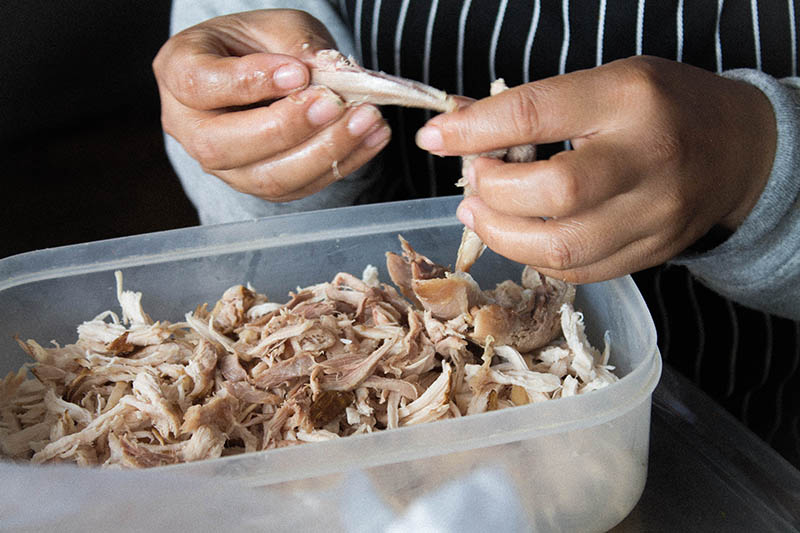
4. Lamb
Lamb is a high-protein and high-potassium food your cat may find tasty. It is relatively low in fat, making it a lean meat source. The same precautions about cooking meat and bones also apply to this one. Interestingly, lamb often shows up as an alternative protein source in prescription diets for pets with allergies.3
5. Venison
If someone in your household hunts, you may find that your cat is more than willing to share the bounty. Venison is low in fat, making it an excellent protein and potassium source for you too. You’ll also see this meat in some commercial diets and treats. If you prepare the meat, you may want to follow the advice that many cooks follow and keep it on the medium-rare side to make it easier for your cat to eat.
6. Bison
We can say many of the same things about bison as we did about venison. The chances are that it’s more readily available commercially than the previous food. Avoid overcooking the meat to make it more palatable to your cat. Even though it’s low in fat and calories, you should still limit bison to be an occasional treat.
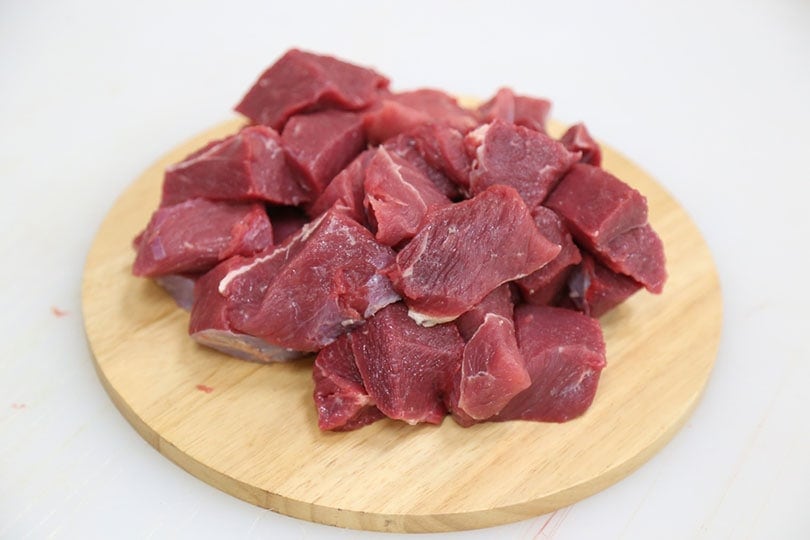
7. Bananas
Bananas are probably one of the top foods you associate with potassium. A medium-sized fruit contains a whopping 451 milligrams of this essential mineral! However, don’t be surprised if your cat turns up their nose to it. While many of us have a sweet tooth, felines can’t taste this flavor. The smell might also seem foreign to an animal that lives in a scent-filled world. You can offer it, but there are no promises that they’ll eat it.
8. Pumpkin
The high fiber content in pumpkin makes it a healthy choice. It even beats out bananas as potassium-rich food. If you want to give this squash to your pet, you should stick to the canned, unsweetened product. Avoid the canned pie mix, which is loaded with sugar and calories!
9. Brown Rice
Many manufacturers add rice to their products as a grain source that is high in fiber. You can give your cat small amounts, sticking to the more nutritious brown variety. Mixing it with some wet food will help it go down a treat. We recommend checking the “best by” date on the package, though, since brown rice has a limited shelf life.
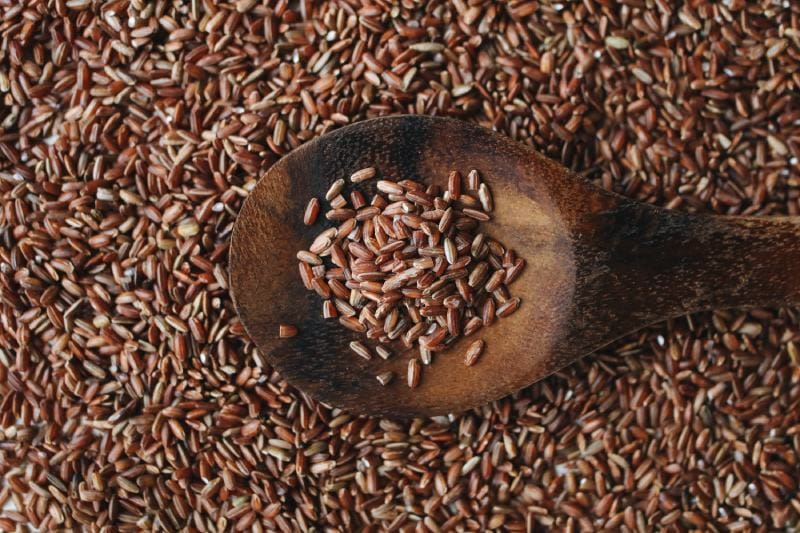
10. Carrots
Carrots are a nutrient powerhouse without a lot of calories and virtually no fat. Many dog owners use them as training treats. Your cat may like them too. A cup of raw carrots contains over 400 milligrams of potassium and only 52 calories. That makes them sound like snacks that we should have around the house all the time!
11. Potassium Supplements
If your pet has a deficiency, your vet will most likely prescribe a potassium supplement. While the foods we’ve listed here are good sources of the mineral, you’d have to give your cat a lot to up their potassium intake. It’s imperative to work closely with your vet if they opt for this treatment plan. They will likely follow up with bloodwork to ensure that your cat’s potassium levels are normal.
12. Prescription Kidney Diet
Pets with chronic kidney disease often have potassium deficiencies, requiring a special diet. These products usually contain more of this mineral than regular cat food. They typically require a vet’s diagnosis and prescription. Many signs of an issue are non-diagnostic. If it’s a chronic condition, it might be a permanent diet.
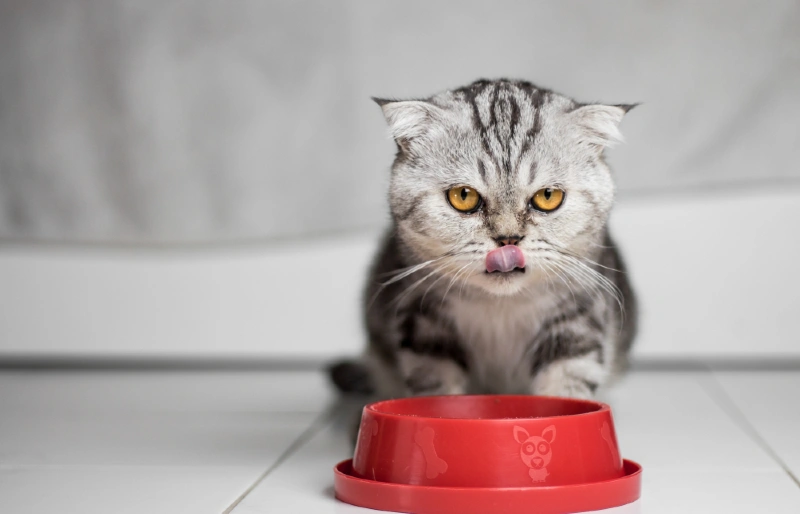

Foods to Avoid
Sadly, not all foods rich in potassium are the best choice for your pet, regardless of how tasty and healthy they are for us. The FDA is currently investigating a potential link between some commercial diet ingredients and canine dilated cardiomyopathy, a serious heart condition. The concern arose from a spike in cases in the past decade.
While it has been diagnosed primarily in dogs, veterinarians have reported incidences of hypertrophic cardiomyopathy in felines. Certain problematic ingredients have been common denominators in the reported cases, especially in products with them listed in the first 10 spots on the label.
- Potatoes
- Lentils
- Chickpeas
- Peas
- Sweet potatoes
We suggest you discuss these foods with a vet before giving them to your cat as a potential potassium source.

Conclusion
Fortunately, low potassium levels are not that common in healthy cats fed a commercial diet. This type of food is complete and balanced and will provide the necessary nutrients in the correct amounts. It’s always critical to work with a vet in treating deficiencies because of potassium’s role in heart function. It’s worth noting that too much of a good thing can be just as harmful.
Animal protein sources are probably your best choice for high-potassium foods. After all, felines are obligate carnivores and may not enjoy some of the things on this list. We recommend limiting supplements in your pet’s diet. Your cat’s store-bought food will have all their nutrient needs covered.
Featured Image Credit: Forewer, Shutterstock
